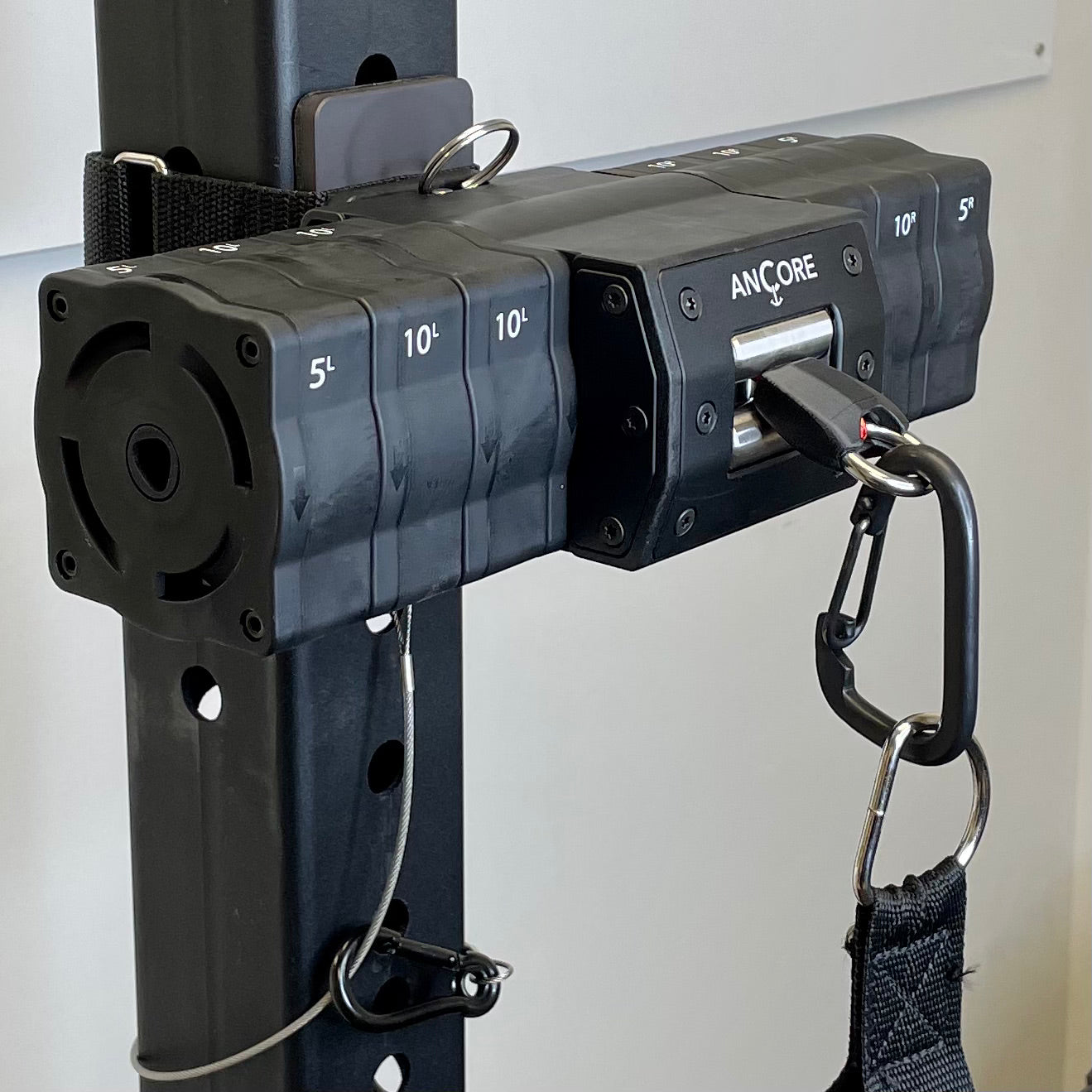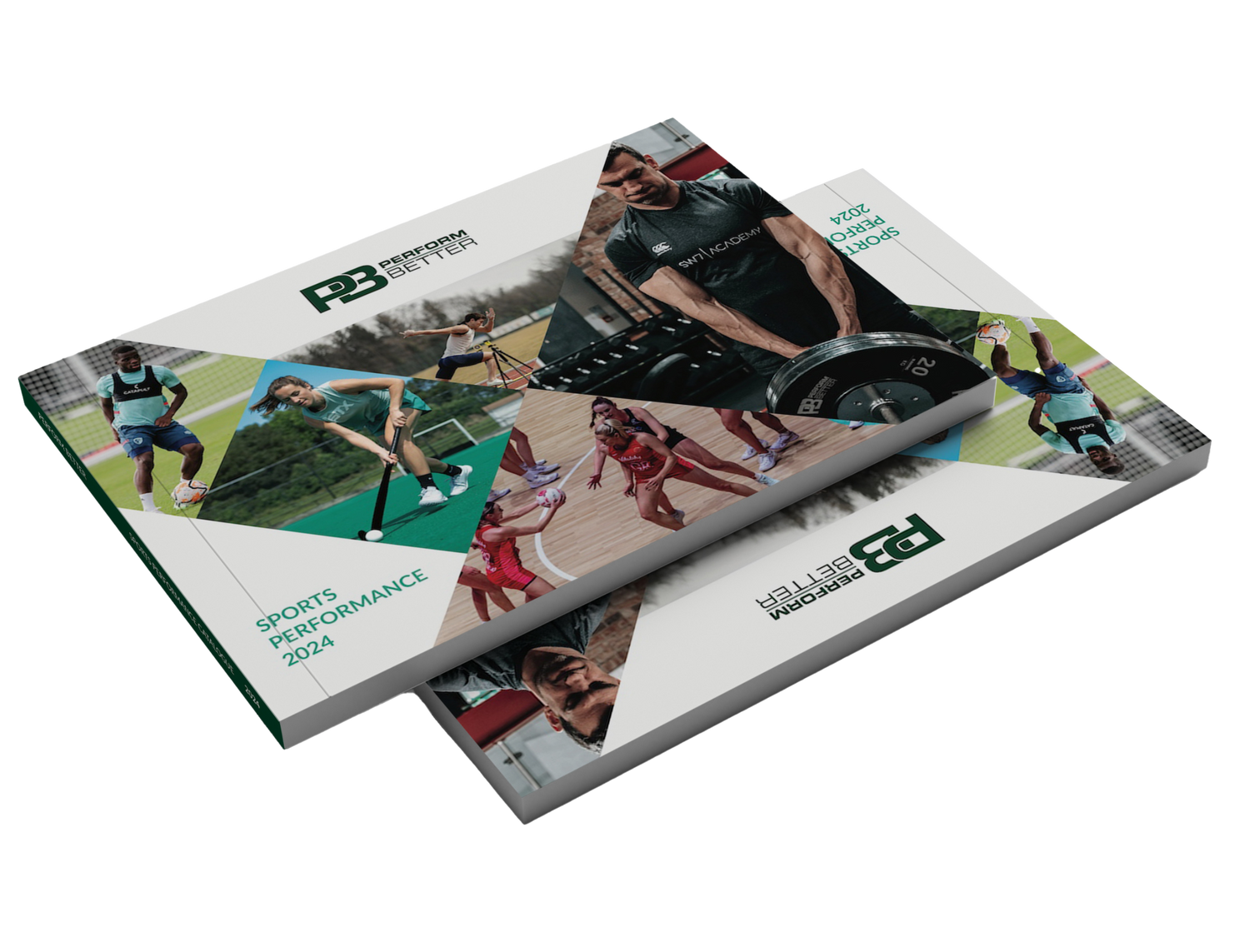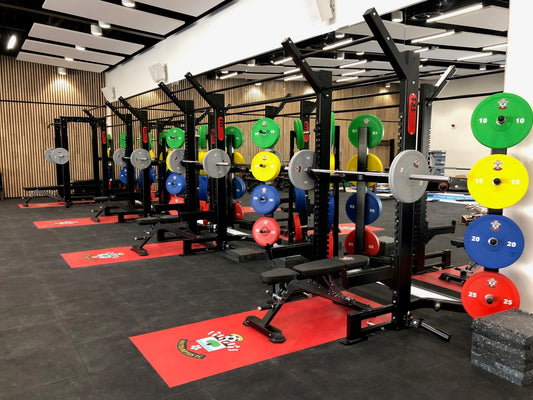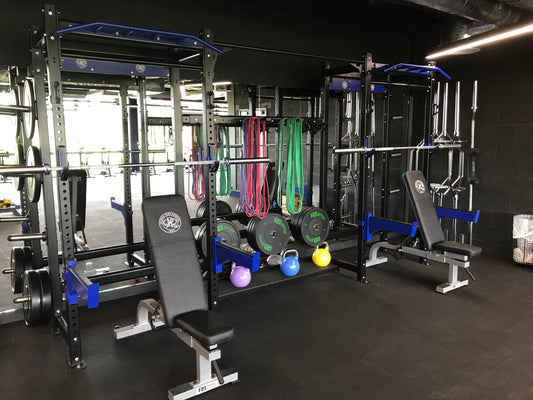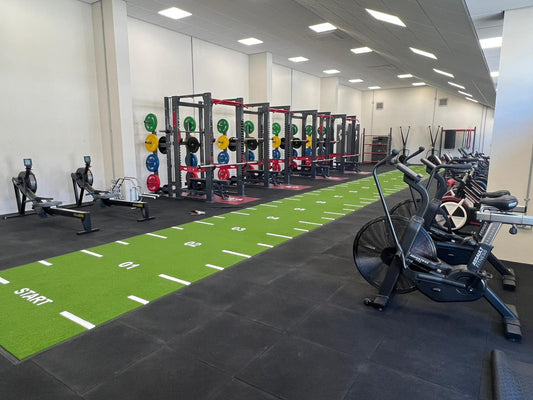Over the past two articles we have been discussing the importance of analysing, measuring and monitoring athletes performance. Not only have we been looking at the importance, but we have delved deep into each testing modality.
Part 3 of our series is where we will unearth the critical roles of kinematic and kinetic analyses, and explore their profound impacts on athletic performance. We will be discussing our last two training modalities.
Kinematic Analysis
Kinematic analysis is a technique used to study and describe the motion of objects, including the movement of human bodies in various contexts.
It involves the quantification and characterisation of motion without consideration of the forces or torques that cause the motion. In essence, kinematic analysis focuses on the "how" of motion, examining aspects such as position, velocity, acceleration, and joint angles.
How does the data impact performance
Technique Optimisation: Athletes and coaches can use kinematic data to refine and optimise techniques in various sports. For example, analysing the motion of a tennis player's serve or a golfer's swing can lead to adjustments that result in more accurate and powerful shots.
Injury Prevention: By studying kinematic data, it's possible to identify potentially risky movements or improper biomechanics that could lead to injuries. Addressing these issues through technique modifications and corrective exercises can help prevent injuries.
Gait Analysis: In sports like running and sprinting, kinematic data is crucial for gait analysis. It helps identify inefficient movement patterns that can lead to reduced speed or increased risk of overuse injuries. Optimising running form can improve both performance and injury prevention.
Feedback and Coaching: Athletes can receive immediate feedback based on kinematic data, helping them make real-time adjustments to their technique during training sessions. Coaches can provide more precise guidance for improvement.
What Are The Best Tools For Testing?
Optojump
Optojump is an optical measurement system consisting of 2 bars that create a carpet of infrared beams. The carpet detects any interruptions in communication between the bars and calculates the duration. This makes it possible to measure flight and contact times during the performance of a series of jumps with an accuracy of 1/1000 of a second. Starting from this fundamental basic data, the Optojump software makes it possible to collect the athletes results in real-time.
Additionally, it aids in injury prevention by analysing biomechanics. With real-time feedback, both athletes and coaches can make instant, informed adjustments.
The Optojump completes a gait analysis thanks to the LED’s in the system. The Gait Cycle begins when the heel of one foot touches the ground and ends when the same foot is set down.
The cycle begins with the Stance phase (the heel-to-toe contact sequence of the foot) and continues with a Swing phase, where the foot is suspended and proceeds in the air (on average the stance phase accounts for 60% and the swing phase for 40%). The Optojump is able to detect any interruptions to complete the gait analysis. This is detailed in the image below.

Xsens
Did you know that you can perform high-level kinematic movement analysis without using cameras, for just a fraction of the cost?
The Xsens movement analysis system gives you the opportunity to create a portable lab that looks at variables such as motion analysis and gait analysis. There are two Xsens systems available, the MVN Awinda and MNV Link. We will be looking at more detail into their entry level system the MVN Awinda.
The MVN Awinda system is the wireless option, consisting of 17 wireless sensors that are fitted on the body using adjustable straps. It allows for fast, easy, and reliable motion capture. The Xsens 3D Motion Caption is a perfect analysis tool, it can be used to determine whether an athlete has a high risk of injury or even delve into how their performance can be enhanced. The Xsens portable system allows you to track the athletes on the field in their own environment using lab-quality precision. With the MVN Reports, Xsens offer sports-specific reports that allow you to carry out your analysis within a few minutes.
What Data Does The System Collect
The Xsens system employs a multifaceted approach to capturing and analysing movement data. Providing a comprehensive understanding of movement that can’t be captured by the human eye. This is done through a visual representation rendered by an avatar.
The system is able to track movement in all three planes of motion – frontal, sagittal, and transverse. Leveraging its built-in accelerometer, Xsens meticulously records limb speed and torque across various movements. The system monitors joint angles to assess whether they conform to normal ranges, contributing to a thorough assessment of biomechanical functionality.
The data can help improve athletic performance by providing a detailed understanding of an athlete's movements. It allows for technique refinement, injury prevention, efficient training, and performance measurement. Athletes and coaches can use this information to make informed decisions and optimise training and competition strategies.
Kinetic Analysis
Kinetic analysis is a technique used to study and describe the forces and torques involved in the motion of objects, including human bodies, in various contexts. It focuses on the "why" and "how" of motion by quantifying and characterising the forces that cause or influence motion. Kinetic analysis is a critical component of biomechanics, engineering, physics, and sports science, as it provides insights into the interactions between objects and the physical forces acting upon them.
How does the data impact performance
Performance Metrics: Kinetic data serves as a source of performance metrics. Athletes and coaches can use this data to set goals, track progress, and measure performance improvements over time.
Sport-Specific Training: Different sports require specific force profiles. For example, a shot putter needs to generate maximal forces in a short duration, while a marathon runner requires sustained, submaximal forces. Kinetic data informs sport-specific training programs.
Load Management: Monitoring forces during training helps manage load and intensity. Coaches can ensure that athletes are training at the appropriate level of force to optimise performance while reducing the risk of overtraining or burnout.
Maximising Power Generation: Kinetic data is crucial for athletes who rely on explosive power, such as sprinters, jumpers, and weightlifters. It provides insights into how forces are generated, transmitted, and converted into power, allowing athletes to develop more powerful movements.
What Are The Best Tools For Testing?
1080 Sprint 2
The Sprint 2 is the latest from 1080 Motion's battery-powered series: a compact resistance training system tailored for kinetic testing in sports like sprinting, swimming, and agility movements.
Using intelligent variable resistance technology, it ensures a seamlessly adjustable resistance throughout an athlete's movement. The system captures critical kinetic data — including power, force, speed, and acceleration — with utmost precision.
Ideal for athletes aiming to maximise power generation, its dynamic resistance adapts in real-time. Start with high resistance during push-off and progressively reduce it during peak sprinting phases, ensuring optimal technique without hindering stride.
Leverage this tool for sport-specific training, load management, and to elevate performance metrics. Transform your training with insights from the world of kinetic analysis.
kBox Eccentric Training
Harness the power of kinetic training with Exxentric's kBox series. Utilising steel flywheel's variable inertia, these devices offer insights into the forces behind motion. From tailoring sport-specific programs to optimising power generation, kBox is pivotal for athletes and coaches.
With a focus on eccentric overload and backed by science, it's the modern approach to performance enhancement and force analysis.
What Data Do The Systems Collect
The 1080 Sprint2 delves deep into sprint analysis, it gives step-by-step data such as the force, acceleration, power and speed of every sprint rep.
This can also be individualised to a participant to make individual recommendations on technique or what type of training they should do. Further to this, a favourable feature of the 1080 2 is the capacity to undertake a F/V (Force/Velocity) Profile within the app, which allows you to programme your sprint training more accurately.
Exxentric products provide feedback using the kMeter. It uses the torque of the flywheel to provide data such as Power and Force.
This can be used for a variety of movements and gives you feedback on how explosive your athletes are. Using this data can then help you monitor progress. Bringing power to movements might be the difference in your athlete’s getting to the ball first for example.
Conclusion
Kinematic and kinetic analysis provides the framework for comprehending motion and highlights areas for optimisation. Harnessing this data lets us hone techniques, reduce injuries, and maximise athletic potential.
As we conclude our 3-part series, it's evident that integrating these modalities is paramount for anyone genuinely passionate about pushing the boundaries of athletic prowess.
